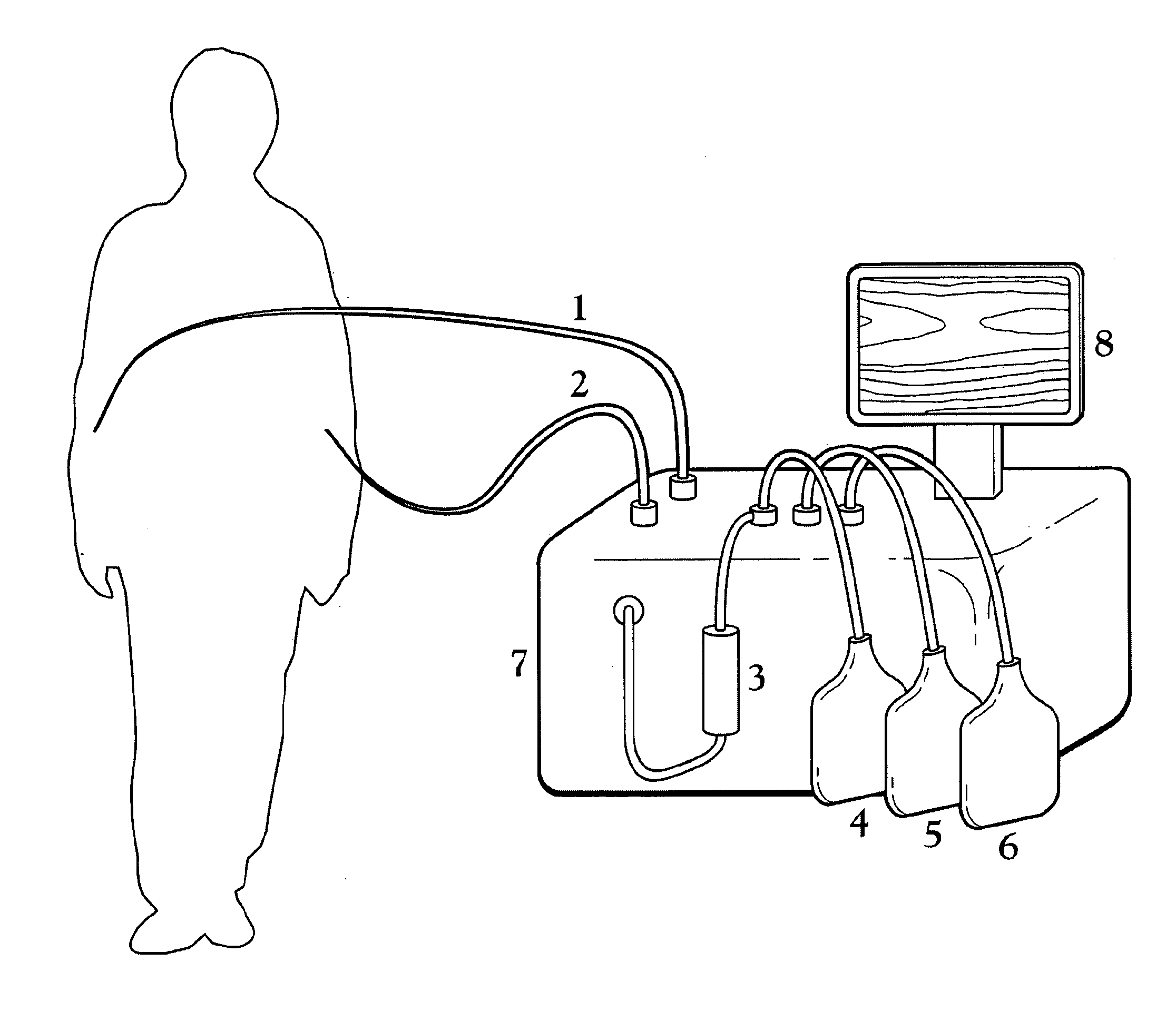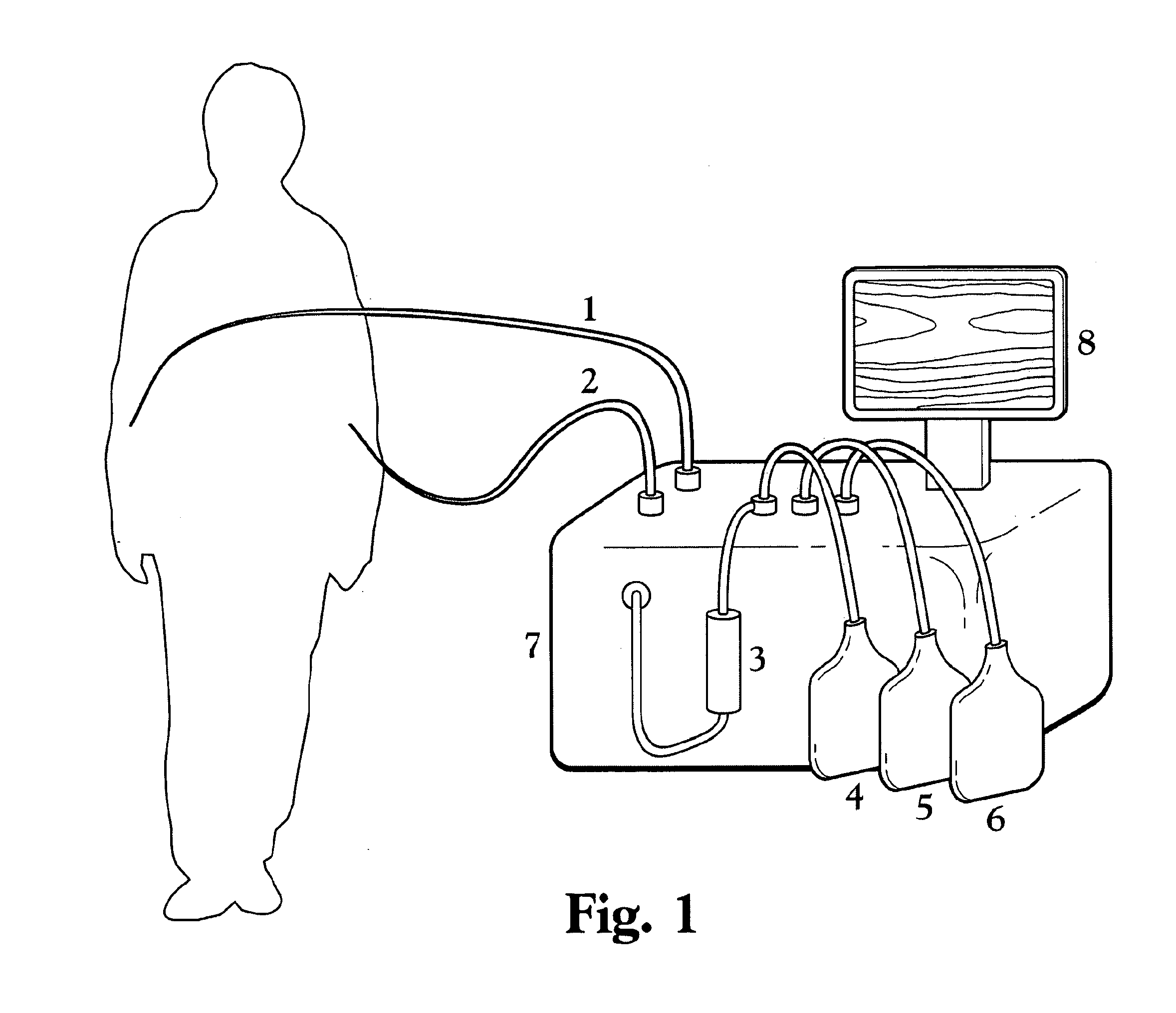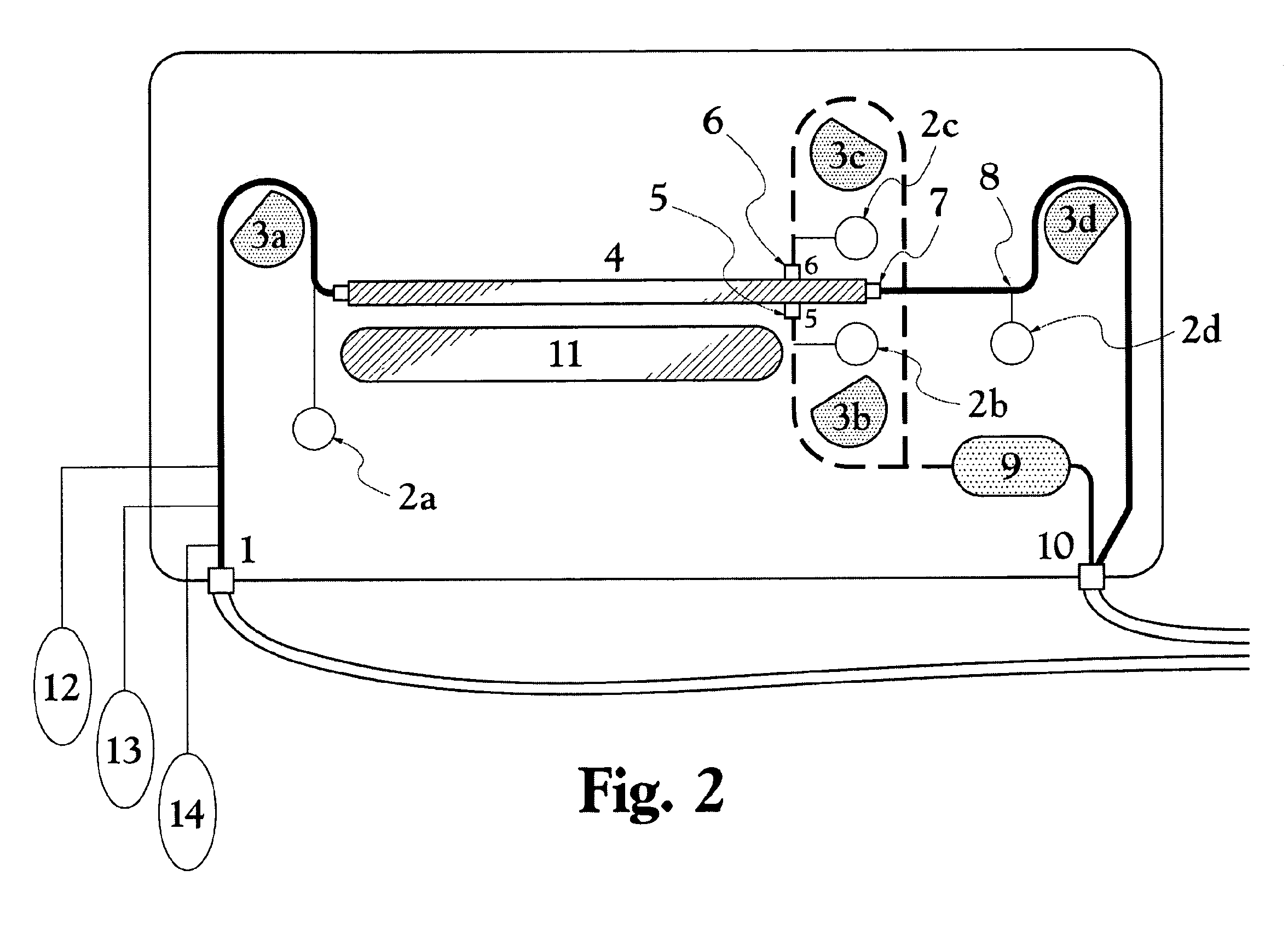Malaria continues to place an unacceptable burden on the health and economic development in over 100 countries.
The process continues cyclically with the number (percentage) of infected RBCs (parasitemia) growing rapidly and causing life-threatening consequences for the infected human.
If untreated, malaria rapidly results in a life-threatening
disease.
These stages of the
disease lead to a rapid death if untreated in most cases.
However, even under the current treatment method, the
mortality rate of severe malaria is exceptionally high.
First, an increasing
anemia due to the destruction of RBCs by the parasite—every 48 hours the pRBCs burst and are removed from the total RBC's count.
Second, the P. falciparum alters the RBC's
surface protein, causing the RBCs to change shape, deformability, ability to adhere to the vessel surface, and a reduction of the deformability in non-infected RBCs.
The
changeover in blood
rheology that follows this set of events is ultimately the cause of malaria-induced complications, including
kidney failures and strokes.
However, the lack of artemisin resistance is believed to be due to the limited use of these compounds in endemic regions.
In addition to the growing parasite resistance, all anti-malarial drugs have other severe pitfalls and side effects.
These drawbacks may include a low
efficacy of a given anti-malarial that varies with the parasite strain or a considerable reduction in
efficacy of a given anti-malarial regarding the progression of the
disease into the severe stage.
While a
drug may effectively work in treating malaria in the early stage of the infection, its effectiveness is considerably lower in severe episodes.
A further drawback to relying on anti-malarials is that a long term window for the drugs is often required before they become effective.
Second, exchange transfusion also permits the rapid reduction of the
antigen load, parasite-derived toxins, and parasite-produced metabolites and toxic mediators released in the blood when RBCs explode.
ET is often considered a last resort method and scarcely performed for its numerous risks, high cost, labor-intensive procedure and lack of sufficient donors to provide safe blood.
In fact, whereas the potential benefits of ET are significant, ET also has numerous side effects and substantial risks.
Risks and complications include but are not limited to blood clots, changes in
blood chemistry, heart and
lung problems, infections, shocks due to inadequate blood replacement or blood overflow, and immunological rejection risk associated with injecting large volume of
whole blood from several donors, each one with a different
antibody system.
In addition to these risks, exchange transfusion is a difficult practice requiring significant medical expertise and is inherently impractical on a large scale because of the large amount of blood it requires.
In most of the regions affected by malaria, especially in the sub-Saharan regions, the
population is also strained by several other infective diseases, poverty, a lack of specialized centers for
blood collection and storage, and famine.
It is highly unlikely to imagine that enough healthy blood could be collected to effectively solve the malaria problem on a significant scale.
In addition, the
World Health Organization (WHO) recognized that malaria contributes indirectly to HIV transmission through transfusions with infected blood to patients with severe malaria, and concluded that is not possible to make any general recommendation since the risks may outweigh the benefits associated with exchanging blood between donor and patient.
Furthermore, although ET has been performed numerous times in numerous hospitals, a comprehensive
clinical trial proving the benefits of ET with a statistically significant margin has not yet been completed.
However, the lack of extensive study is to be attributed to the underlying awareness in the medical
community that even if ET were to be effective, it would not be a
mass-applicable technique because of the costs and prohibitive requirements for fresh blood.
The commercially available device MACS (Miltenyi Biotec GmbM, Gladbach, Germany) may be used as a bench top apparatus in
routine analysis for research, but is not suited for separating large volumes of blood or for high concentrations of pRBCs.
Therefore, to purify the average amount of blood in an adult (i.e., about 5-6 liters) using such devices would take over 50 hours of
processing time.
Furthermore, such devices are subject to clogging when the density of cells to separate is large.
Therefore, the cross section in this apparatus is limited to an area of about 4â2.
As a result, an already weakened patient would be deprived of a portion of their healthy blood components.
This large volume of blood would then need to be safely disposed, thereby resulting in higher safety risks and
processing costs.
 Login to View More
Login to View More  Login to View More
Login to View More 


